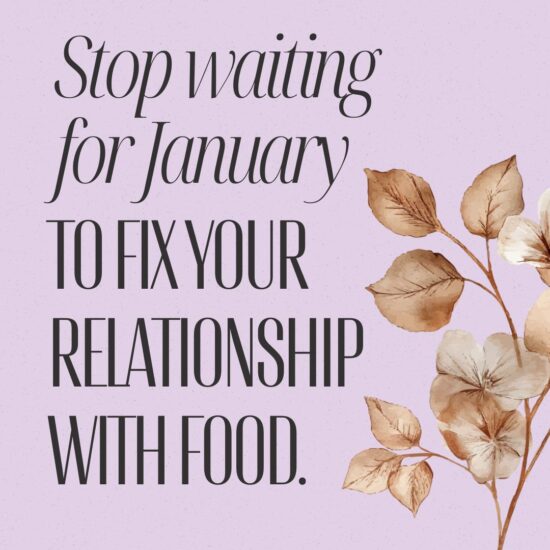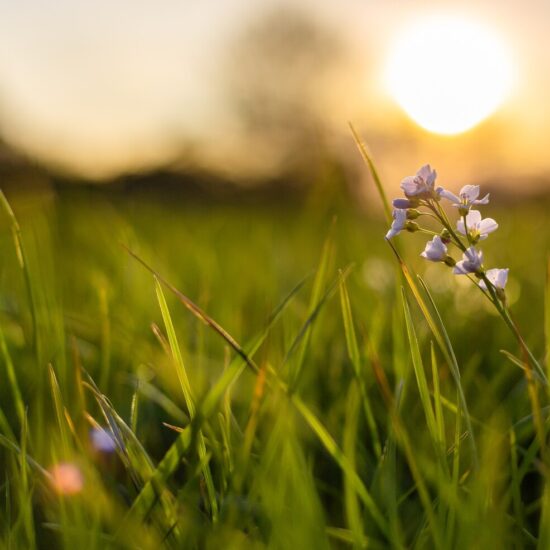It’s tempting to believe that the longer someone stays abstinent, the easier it gets. But research shows that craving—especially when triggered by environmental or emotional cues—can actually intensify over time before it fades. This is known as the incubation of craving.
🔍 What Is Incubation of Craving?
It’s a time-dependent increase in cue-induced craving—that is, craving triggered by reminders or contexts associated with past use (like seeing a binge food, walking past a bar, or feeling an old emotional pattern). This effect peaks weeks or months after quitting, not immediately.
This is not the same as baseline craving, which is the background urge felt without any trigger. That type of craving typically fades more predictably with abstinence.
Time Course of Craving During Abstinence
| Phase | Time Since Abstinence | Cue-Induced Craving | Baseline Craving |
|---|---|---|---|
| Acute Abstinence | Days 0–7 | Low | Moderate to High |
| Incubation Phase | 1 week – 2–6 months | Rising, Peaks | Declining |
| Long-Term Abstinence | 6–12 months+ | Gradually declines | Low |
In both substance use and food-related studies (animal and human), cue-induced craving peaks between 1–3 months, sometimes extending to 6 months, before beginning to resolve.
What’s Going On in the Brain?
The incubation effect is driven by neuroadaptations in key brain areas:
- Prefrontal cortex (decision-making and regulation)
- Mesolimbic dopamine system (reward and motivation)
- Amygdala & hippocampus (emotional memory)
These systems become increasingly reactive to cues over time, even as day-to-day urges subside.
Importantly, interventions targeting neurotransmitter systems—like dopamine, glutamate, and endogenous opioids—can blunt the incubation effect in animal models, suggesting promising directions for future treatment.
This Also Happens With Food
The incubation phenomenon isn’t just about drugs—palatable foods (like sugar, fat, or hyper-palatable combos) show the same pattern. In rodent studies, the drive to seek food increases after 30–60 days of abstinence. Human studies echo this, with increased food-seeking effort and craving weeks after stopping binge foods, even if overall hunger is low.
Key Points for Recovery and Treatment
- Incubation Effect: Cue-induced craving can peak at 1–6 months of abstinence, a higher risk period for relapse, while baseline craving keeps declining.
- Distinct Trajectories: Baseline and cue-induced cravings move in opposite directions—the former wanes, the latter intensifies initially.
- Implications: Treatment strategies must be long-term, addressing not just spontaneous urges but also cue-reactivity, which is a more powerful predictor of relapse.
- Intervention Potential: Environmental enrichment, physical activity, and neurochemical interventions (targeting dopamine, glutamate, and opioid pathways) have shown efficacy in reducing incubated craving in animal models.
Bottom Line
Recovery is not a straight line—and cravings don’t always fade just because time passes. In fact, the brain’s reactivity to triggers can get worse before it gets better. Understanding this curve—and supporting people through the higher-risk incubation window—is essential for preventing relapse and designing effective, science-informed treatment. We have to think in the LONG TERM and emphasize continued support in addiction recovery




